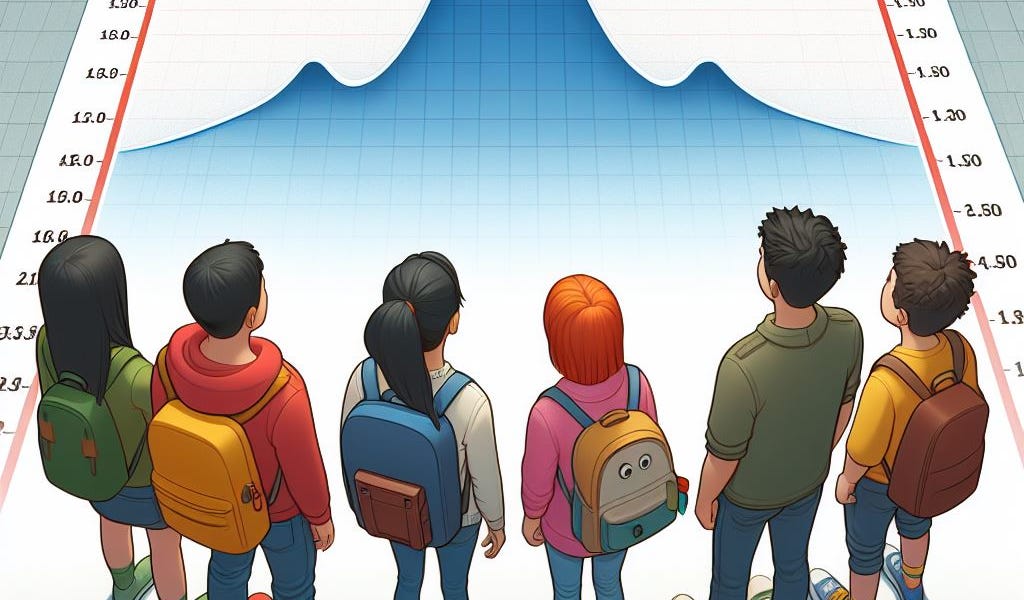What Would Success Look Like in American Education?

🌈 Abstract
The article discusses the complexities and challenges in defining what success would look like for the American education system. It examines various perspectives and goals, such as improving test scores, achieving educational equality, and providing equal educational opportunities, and highlights the inherent tensions and tradeoffs in these approaches.
🙋 Q&A
[01] What Would Success Look Like in American Education?
1. What are the key points made about the current state of the American education system?
- The author argues that the education reform movement has exaggerated the problems with American schools, which are more about depth and academic issues in certain geographic and socioeconomic enclaves, rather than a broad, systemic failure.
- The author states that the median American student is doing "pretty good", and the top students are highly competitive globally. The main issues are concentrated in the lower portion of the performance distribution, particularly in inner cities, former industrial communities, and rural areas.
2. Why does the author argue that simply improving test scores and academic performance for all students is not a comprehensive definition of success?
- The author explains that if all students improve equally, the relative gaps and disparities between different groups would remain unchanged, as everyone would be moving up together. This would not address the underlying social and economic consequences of the achievement gaps.
- The author suggests that the focus on closing achievement gaps, while important, has overshadowed the question of what can be done for the students at the bottom of the performance distribution who struggle, regardless of their demographic background.
3. What are the challenges the author identifies with the goals of "educational equality" and "equality of educational opportunity"?
- For educational equality, the author argues that it would lead to the erosion of excellence and prevent the flourishing of high-performing students.
- For equality of educational opportunity, the author contends that it is an elusive and conceptually problematic goal, as any difference in conditions can be interpreted as an inequality of opportunity, and it is impossible to definitively determine when true equality of opportunity has been achieved.
4. What is the author's view on the pragmatic approach of trying to improve outcomes for everyone while focusing on shrinking racial gaps?
- The author acknowledges that this is a reasonable "muddling through" approach, as it tries to balance various tensions and goals. However, the author argues that the education reform movement has embraced overly ambitious and unrealistic rhetoric, without fully grappling with the conceptual challenges and consequences of their proposals.
[02] The Relationship Between Education and Society
1. How does the author view the relationship between education and the broader socioeconomic structure of society?
- The author suggests that the belief that education alone can solve inequality is "absurd", as there are only a limited number of high-income positions available, and no amount of education can change that fundamental constraint.
- The author argues that a better solution would be to change the underlying societal structure to allow for a comfortable life even in lower-level jobs, rather than solely focusing on education as a means to access the limited number of high-income positions.
2. What does the author mean by the need to consider education as part of a "totality" or larger societal system?
- The author references the Marxist perspective of Gyorgy Luckas, which emphasizes the importance of looking at society as a whole, where different parts function as part of a larger system.
- The author suggests that education cannot be considered in isolation, as it is a product of the broader societal and economic conditions, and has the same underlying problems as the rest of the system.